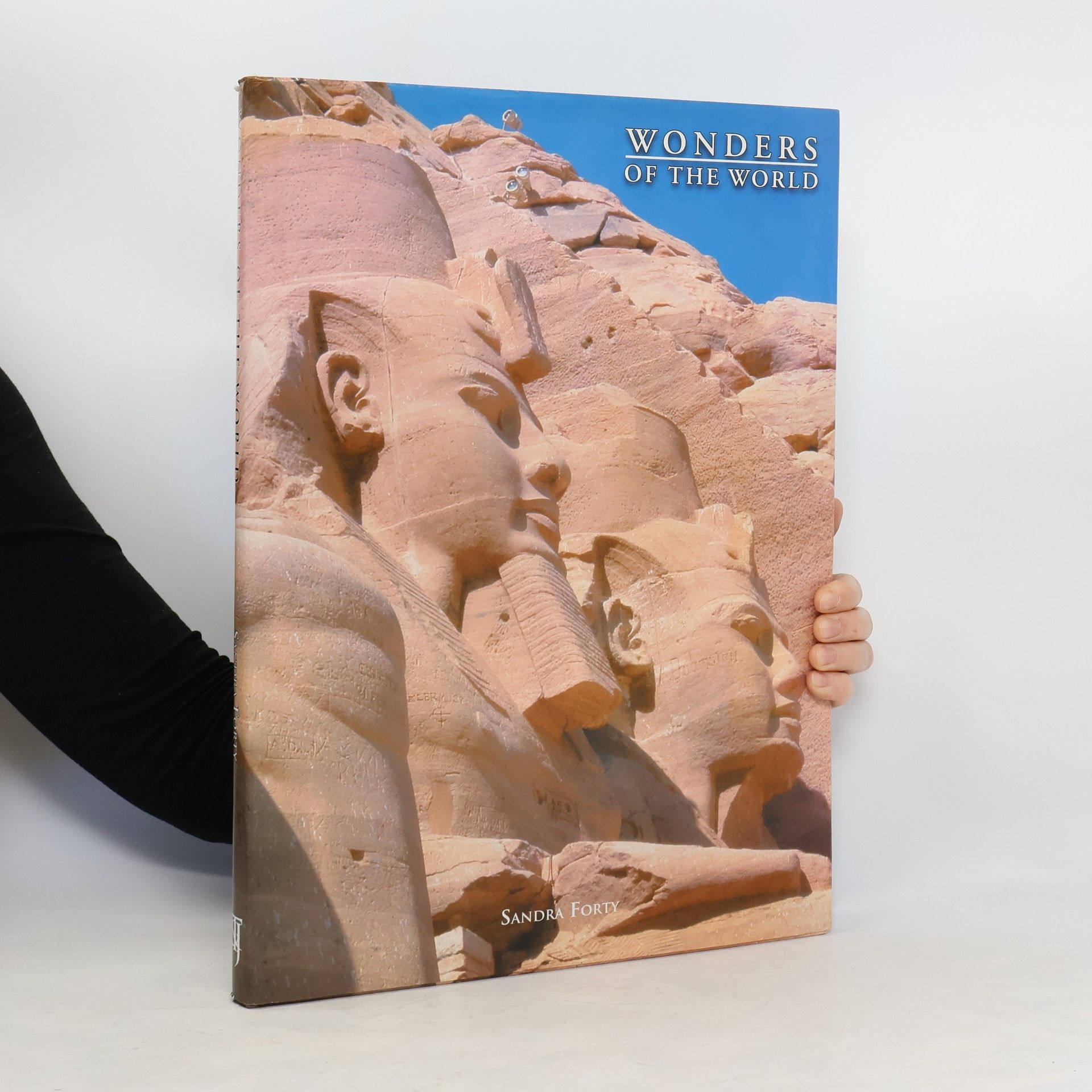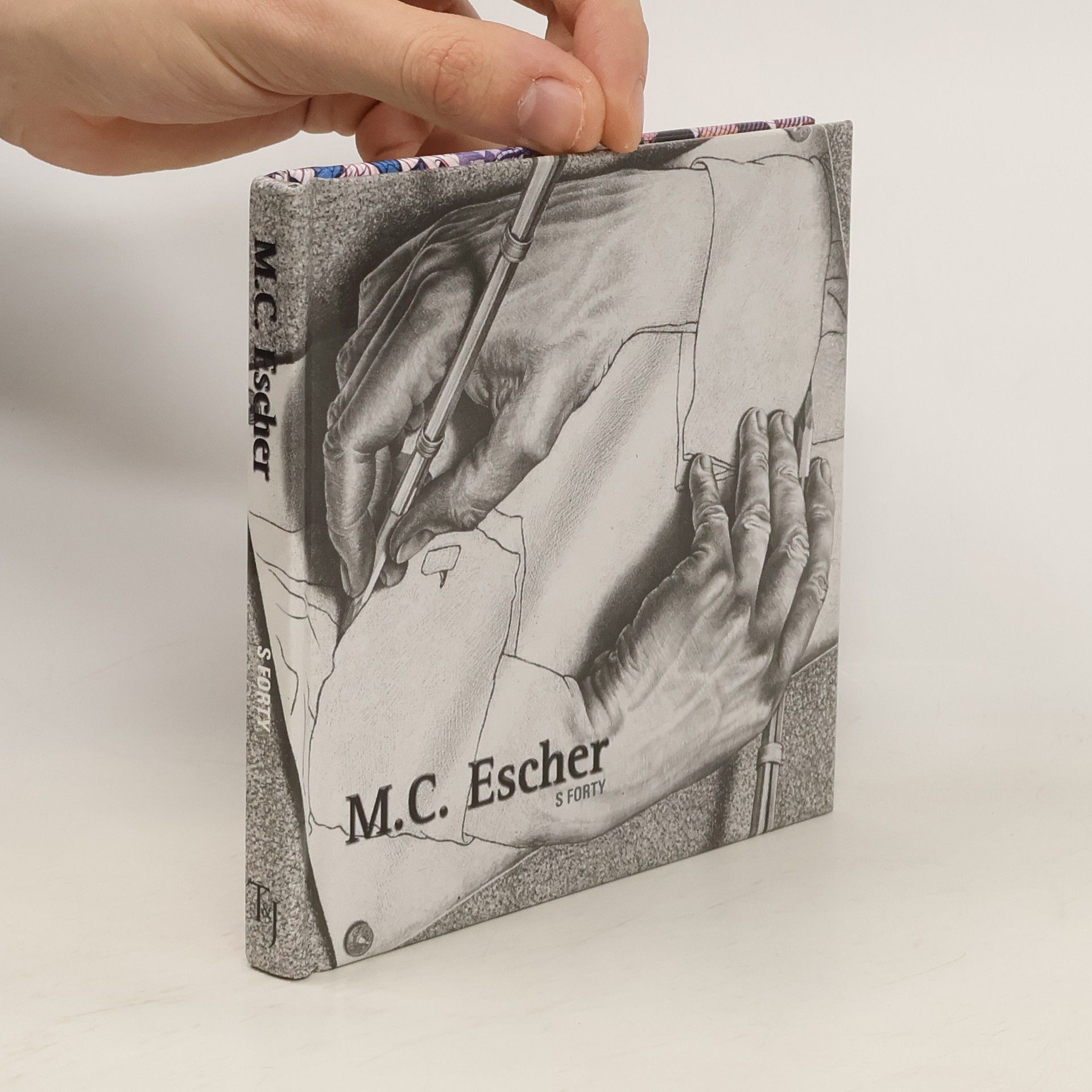Paris
- 192 pages
- 7 hours of reading
An historical introduction to the metropolis and a photographic journey through its most memorable sites
Sandra Forty draws upon her background in medieval and early modern history and art to craft compelling works. Her writing, often focused on art and architecture, demonstrates a deep understanding of historical context. Having worked as a journalist and editor, she brings clarity and a narrative sensibility to her prose. Her approach blends scholarly rigor with an accessible and engaging style that appeals to enthusiasts of both history and art.






An historical introduction to the metropolis and a photographic journey through its most memorable sites
None captured the dusty feeling and spirt of the wild west like Frederic Remington, and now you can share it with others in this incredible collection.
Caravaggio is variously labeled a uniquely gifted artist and an arrogant, rebellious, and dangerously violent murderer. But for all his wild behavior, he was a profoundly religious man. Caravaggio, the first artist to bring realism to painting, is considered by many to be the greatest Baroque painter of all. The Old and New Testaments are brought vividly to light by Caravaggio’s talent. Many of his paintings depict the grace of God as a shaft of light pouring from above to annoint his subject. By keeping his backgrounds very dark, if not completely black, Caravaggio further spotlighted the figures in the foreground that told the story. Many modern art historians consider Caravaggio to have been mentally ill, and he was described even by his admirers as being uno cervello stravagantissimo, or an exceptionally odd man. Nevertheless, Caravaggio gained a significant reputation at an early age. His achievements did not protect him from a murder charge, however, and he fled first to Naples and then to Malta. Tragically, his life ended at the age of 38 on a Tuscan beach, just three days before receiving a pardon on this murder charge.
Egon Schiele is considered by many to be the greatest draftsman of the 20th Century. The undeniable fact, however, that a considerable share of his work is of an explicitly erotic nature has blinded many people to his remarkable ability, so much that he is primarily known as an Austrian Expressionist artist of the erotic. Schiele's full artistic flowering lasted only a little over 10 years. He was cut down at the cruelly early age of 28, just as he was about to truly embrace his talent and take it to another level. Schiele's greatest early influence was the work of his older compatriot Gustav Klimt. His preferred medium was gouache, pencil, and watercolour on coarse-grained, sometimes coloured, paper. His oil paintings are relatively few in number. Because he died so young- aged only 28- art historians can only speculate where Schiele's more mature talent would have taken him if he had lived to middle, and even old, age.
Gustave Klimt (1862-1918) was one of the most brilliant artists of the Austrian avant-garde. Admired for his sensual images of women and for his powerful and original vision, he produced some of the most haunting and evocative images of all time, including The Kiss , Love and The Three Ages of Woman , all of which are included in this perfect introduction to the artist’s work.Klimt started out as a decorator, opening a studio with his brother Ernst. Some of his most famous commissions were for murals, including the magnificent Beethoven Frieze, painted for the exhibition of Max Klinger’s statue of Beethoven, and the monumental ceiling paintings for the auditorium of Vienna University, which shocked a conservative public. A founder of Vienna Secession, the band of artists who resigned from the established art bodies to form their own group, Klimt became the principal painter of the Art Nouveau movement, painting glittering portraits of fashionable Viennese society as well as
Maurits Cornelis Escher (Leeuwarden, June 17, 1898--March 27, 1972 in Laren) was a Dutch mathematical artist known for his woodcuts, lithographs and mezzotints which feature impossible constructions, explorations of infinity, and tessellations. This book has numerous examples of how his extraordinary pictures of logic fool the brain into believing the impossible--water can run uphill and steps that go upwards.
Symbole sind überall präsent in unserem Leben, ohne dass wir sie immer wahrnehmen würden. Sie lotsen uns durch den Verkehr, sie warnen uns, sie begegnen uns in Werbung, Politik, Religion, Musik, Mathematik oder Astrologie. Uralt ist ihre Tradition in allen Kulturen dieser Erde, und sie üben oft eine geradezu mystische Faszination aus.§§In diesem Handbuch finden Sie eine umfassende Übersicht über mehr als 700 wichtige Symbole aus verschiedenen Kulturkreisen wie dem Nahen und Fernen Osten, aus Afrika, Amerika und der westlichen Welt. Auch die Symbole früher Kulturen unserer Erde werden in einem Kapitel vorgestellt.
The late-Renaissance Dutch painter created some of the most exquisite paintings in the history of Western art. He captured men and women transfixed in quiet meditative moments, using dramatic lighting and perspective to effect a moody and poetic ambiance. This book shows all his paintings in full-color and explains some of the techniques and meanings of these apparently innocent paintings of Dutch small town life.